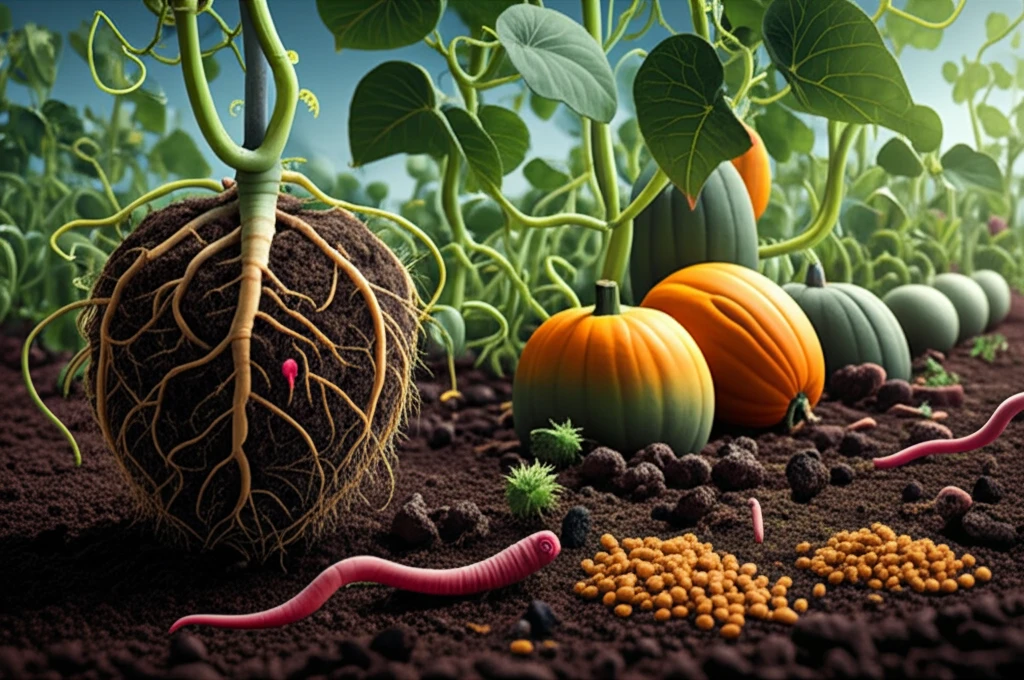
Unlock Your Garden's Potential: How Castor Meal Fights Root-Knot Nematodes Naturally
"A Comprehensive Guide to Using Castor Meal for Healthier Plants and Thriving Soil"
Melon crops worldwide are under constant threat from root-knot nematodes (RKN), microscopic pests that can wreak havoc on plant health and yield. Traditional chemical controls often come with environmental drawbacks, leading gardeners and growers to seek sustainable alternatives. Castor meal, a byproduct of castor bean oil production, has emerged as a promising option, touted for its ability to suppress plant-parasitic nematodes while enriching the soil.
Castor meal’s effectiveness isn’t just anecdotal. Research has shown its potential to reduce nematode populations, but questions remain about how well it works in specific contexts, such as in melon cultivation and its broader impact on soil biodiversity. This article dives deep into the science behind castor meal, exploring its effects on root-knot nematodes, its influence on the wider soil ecosystem, and practical tips for using it effectively in your garden.
We'll explore how castor meal affects not only the harmful nematodes but also the beneficial microorganisms that contribute to a healthy soil food web. Understanding these dynamics is key to harnessing the full potential of castor meal as a sustainable gardening solution.
The Science of Castor Meal and Nematode Control

Castor meal contains ricin, a toxic protein that acts as a natural nematicide. When applied to the soil, ricin disrupts the nematode's nervous system, leading to paralysis and death. But the story doesn't end there. As castor meal decomposes, it releases nitrogen and other nutrients, promoting the growth of beneficial soil microbes. These microbes, in turn, can further suppress nematode populations through various mechanisms, such as competition and predation.
- Castor meal did not reduce root-knot nematode populations, but in fact, the population increased throughout the period, regardless of treatment.
- Nematode community and diversity changed during the course of the experiment.
- Melon yield, number and weight of melon reduced by RKN.
- Castor meal influence soil free-living nematode communities.
Embrace Sustainable Gardening with Castor Meal
Castor meal offers a promising avenue for sustainable nematode management, its impact extends beyond nematode suppression. By enriching the soil and fostering a thriving microbial community, castor meal contributes to overall plant health and resilience. Gardeners and growers who prioritize sustainability should consider incorporating castor meal into their soil management practices.
